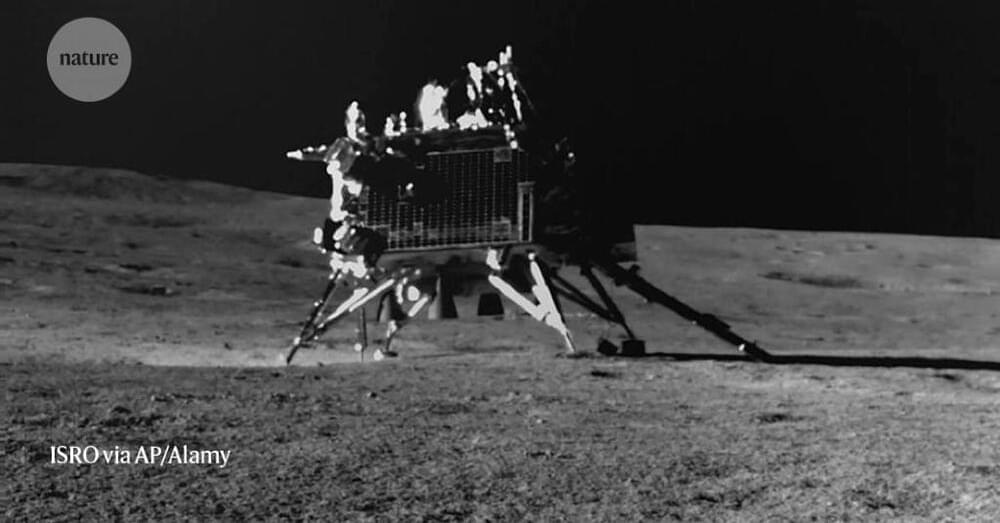How will AI models that can generate text, images, audio, video and code change what students need to learn and the instructional processes that guide their learning? Do we need generative models designed specifically for educational purposes?
Speakers.
Dora Demszky: Assistant Professor of Education Data Science, Stanford University.
Noah Goodman: Associate Professor of Psychology, of Computer Science and by courtesy of Linguistics, Stanford University.
Percy Liang: Director, Center for Research on Foundation Models; Associate Professor of Computer Science, Stanford University.
Rob Reich: Professor of Political Science; Faculty Director, McCoy Family Center for Ethics in Society; Marc and Laura Andreessen Faculty Co-Director, Stanford Center on Philanthropy and Civil Society; Associate Director, Stanford HAI
The AI+Education Summit: AI in the Service of Teaching and Learning took place on Feb. 15, 2023. Learn about upcoming events here: https://hai.stanford.edu/events






